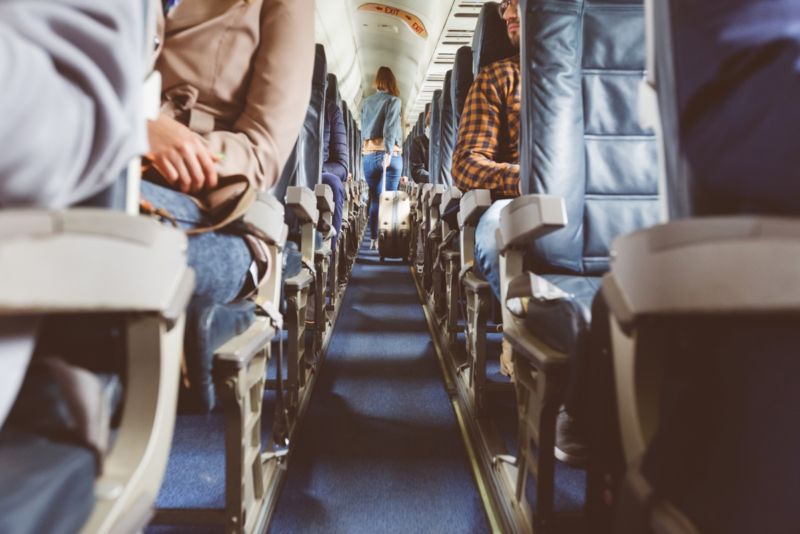Letting slower passengers board airplane first really is faster, study finds

Enlarge / Physicists demonstrated that there really is an optimal boarding process for airplanes. (credit: izusek/Getty Images)
Commercial airlines often prioritize boarding for passengers traveling with small children, or for those who need extra assistance-in other words, those likely to be slower to stow their bags and take their seats-before starting to board the faster passengers. It's counter-intuitive, but it turns out that letting slower passengers board first actually results in a more efficient process and less time before takeoff, according to a new paper in Physical Review E.
Physicists have been puzzling over this particular optimization problem for several years now. While passengers all have reserved seats, they arrive at the gate in arbitrary order, and over the years, airlines have tried any number of boarding strategies to make the process as efficient and timely as possible. Flight delays have a ripple effect on the complex interconnected network of air travel and often result in extra costs and disgruntled passengers.
Back in 2011, Jason Steffen, now a physicist at the University of Nevada, Las Vegas, became intrigued by the problem and applied the same optimization routine used to solve the famous traveling salesman problem to airline boarding strategies. Steffen fully expected that boarding from the back to the front would be the most efficient strategy and was surprised when his results showed that strategy was actually the least efficient. The most efficient, aka the "Steffen method," has the passengers board in a series of waves. "Adjacent passengers in line will be seated two rows apart from each other," Steffen wrote at The Conversation in 2014. "The first wave of passengers would be, in order, 30A, 28A, 26A, 24A, and so on, starting from the back."
Read 10 remaining paragraphs | Comments